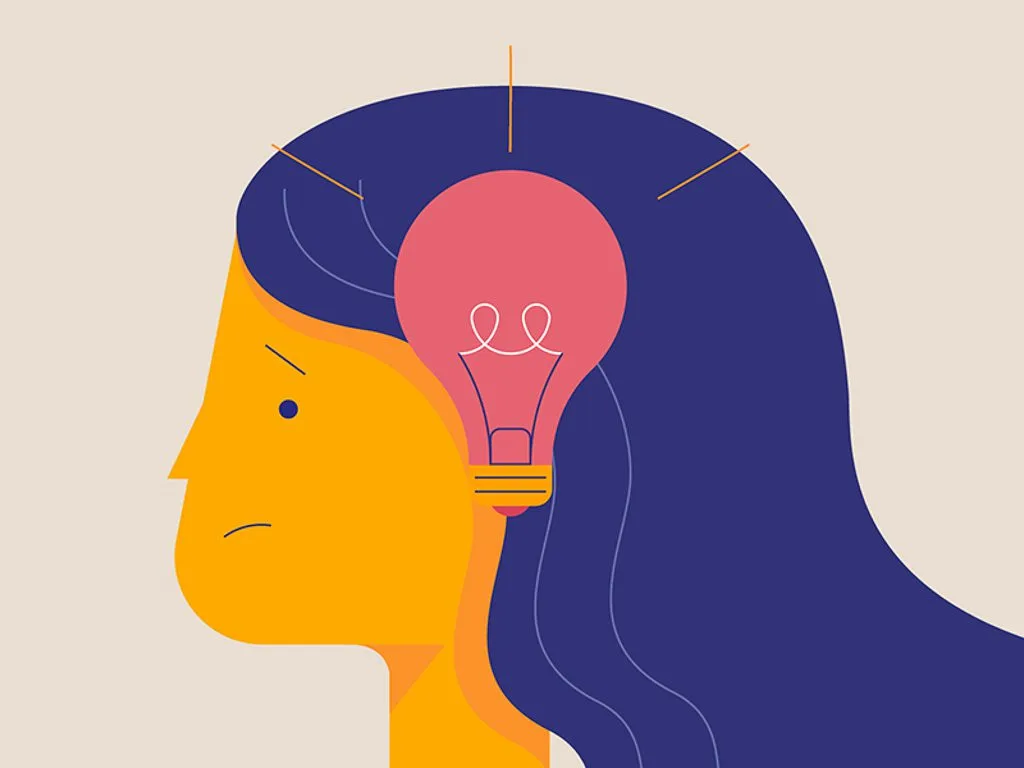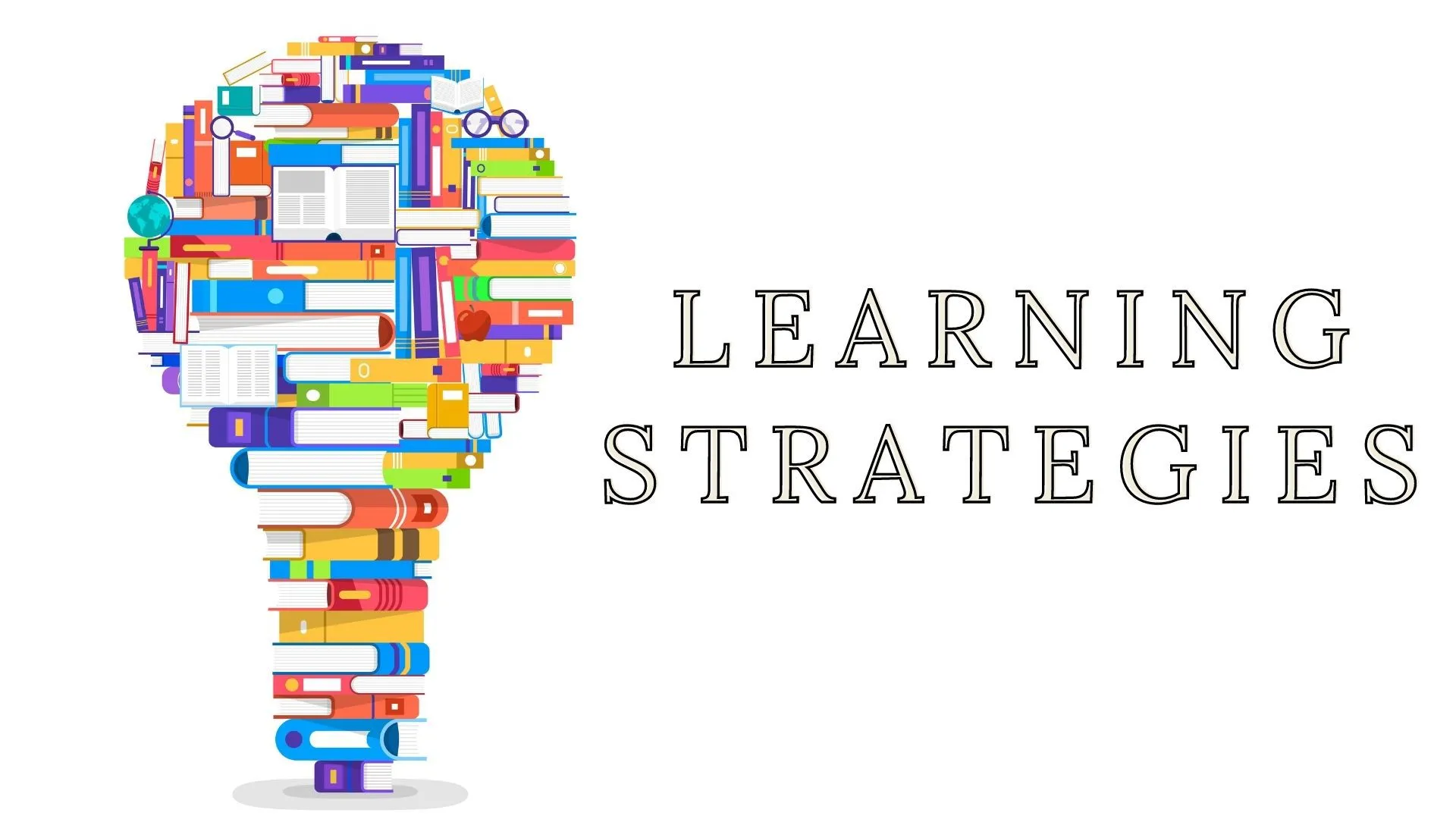What is Cognitive Psychology
Cognitive Psychology is the study of mental processes. There are three processes perceiving remembering and reasoning. For example, how Donald Trump perceived that Corona is a Chinese virus, he reasons that it originated from China, and now we all remember it as a past event that took millions of lives. The cognitive psychology can be defined as relating or involving one’s conscious to an intellectual activity (Perceiving, Reasoning and Remembering). The mental function of processing starts from the five senses (visual, hearing, touch, smell and taste) which immediately transforms physical stimuli into electrochemical signals. And then sensory information is constantly changed by the processes of the brain in both bottom-up and top-down processing.
Learning is ever-changing as it involves ever-changing knowledge, beliefs and attitudes towards something to us. But even though learning is always changing, it still has a rather lasting impact on how a learner thinks or acts. Whatever a student learns, he tends to gradually forget it over time. Because as soon as a piece of knowledge is encoded in our brain, we also immediately start to forget as well. Human memory is not like a library or a computer chip, it is rather reconstructive. Every time we retrieve a memory, we reconstruct it, activate it and may alter it.
What is the minimum information principle?
The minimum information principle is another interesting thing. It states that simpler questions are formulated for active recalling in the process of learning, and they bring much better outcomes compared to complex questions. Although one complex question can become equivalent to 2 or simpler questions.

The difference between Cognition and Learning
Cognition and Learning are often considered the same thing, but they are not. Learning is just one branch of cognition, out of many others. Learning is a process of attaining information and everyone perceives it differently or in a new way as everyone has different experiences and diverse behaviour. But for the process of learning, one needs to perceive, attain and process the newly available information, for this we require cognition. As aforementioned, cognition is a mental process of processing and understanding all types of information. One may absorb information, then process it and then apply it in daily life as demanded. Every time we gain or learn anything from the sensory organs, we go through cognitive processes, the outcome of which is learning. It is the result of all cognitive processes Thus we call it two-way communication.
The Cognitive Process
Since the cognitive process is a series of electrical and chemical signals that take place in our brains, there are multiple types of cognitive learning processes. The most common types are;
-
Attention as keeping the focus on your surrounding is a constant conscious effort. For example. To keep focused on different human interactions in a park.
-
After attaining a piece of information, we instantly place it in our short-term memory, but much of it still becomes a long-term memory. The process of forming, storing and recalling memories displays a human’s level of intelligence and is also considered a vital part of cognition. For example, remembering birthdays without pondering.
-
When a piece of information is encoded, it goes to one of the three storage units, also known as sensory memory, short-term memory and long-term memory. It is decided by the brain which information goes to which storage unit.
Because of continuous effort, today’s educators and teachers are much more aware than the previous ones, and available scientific evidence is enough to differentiate between realities and myths. However, of course, there’s a long way before teachers are experts in scientific findings and can bring them to practice in classrooms without any hesitation, just to find that cognitive psychology is much more promising than it seems. Some of the strategies that a teacher can use to make sure that students remember their learnings;
-
Firstly, teachers can teach students by pulling answers and information from them through Retrieval practice. Instead of cramming ideas and information, this method is much better.
-
Next, the learning process can be boosted by feedback sessions, it can be open class, group-wise or 1-to-1, or just all of them once in a sequence. This increases students’ metacognition as feedbacks help them understand their learning progress.
-
Spaced practice method helps with spreading lessons and lesson retrieval breaks because this method just does not cram new knowledge in just one go. Revising a lesson once in a while helps with long-term memory.
-
Lastly we have interleaving, which helps in boosting learning by displaying similarities and differences between closely related topics and lessons. It grows students’ initial understanding of a concept or idea which later leads to better memory preservation.
Six main learning strategies for teachers to practice

Cognitive psychologist has presented us with six main strategies that can encourage learning for many sorts of students and is also able to boost learning in long term. All of these strategies have been understudies for years and have a shred of solid evidence that they are effective in a variety of circumstances. Six strategies for effective learning are listed below;
-
Spaced Practice, as aforementioned, is an opportunity that boosts learning over time. Students should agree on a schedule and then stick to it for short study sessions either daily or thrice a week. This practice is advantageous in many ways as the topic that is being discussed or studied gets revised with newer ideas and concepts every time with breaks in between. Furthermore, in class, a teacher also repeats important concepts every once in a while.
-
Retrieval Practice takes in the knowledge to mind from long or short-term memory. This normally takes place when students are taking quizzes or when someone is asked to remember the location of a hospital, the idea is that they bring knowledge from memory to mind. In the classrooms, teachers take the help of low and high-score tests and ask students to write down whatever they remember about the topic of the quiz.
-
Elaboration makes us ask questions with ‘why’ and ‘how’ about a certain topic and then there are specific answers to these questions. This is an act of attempting to describe a topic so that students can understand it. This approach can be used on solo or pairs of students.
-
Interleaving, as aforementioned, is about discussing similar and dissimilar concepts and ideas together. This practice can help students to learn more when they switch their different classes or topics. This way students understand the differences and similarities between different ideas. Normally students make a lot of mistakes during practice but later the on same group of students remember and retain more knowledge for a longer duration.
-
Concrete examples are mostly used by teachers. Concrete ideas and information are easier to remember than abstract ones. It has been proved by research that multiple examples of the same topic help students understand the lesson better.
-
Dual coding involves a combination of verbal and visual representations of the information, such as pictures or videos. It becomes quite easier to understand when we combine these two forms of teaching together. Since every student has a different learning style, it is better and much more effective if the teacher uses multiple representations for the same idea.
Ways to improve memory
In case, many people have the habit of forgetting things and information and want to improve their memory. For them, several methods can help them improve their memory, some listed below;
-
Don’t learn things you do not understand.
-
Use reference
-
Keep question simples
-
Learn the mnemonic technique
-
Personalize and provide examples
-
Cloze detention is fast and has a great mnemonic power
-
Start from the basics before going into complexities
-
Learn before you memorize
-
Use redundancy (Similar items asking a similar question from different references)
10. Pictures assist memory
Cognitive learning strategies that teachers can practice in class
However, Cognitive teaching strategies mainly focus on the meaningful outcome of the learning, not on memorizing the lesson. Below are some examples of cognitive learning strategies that can help with better teaching;
-
Asking students to reflect on their experience
-
Helping students to find new solutions to their problems.
-
Encouraging discussions about what is being taught
-
Helping students explore and understand how ideas are connected
-
Asking students to justify and explain their thinking
-
Using visualizations to improve students’ understanding and recall
Every educator aims to motivate students to study, increase the use of effective study and teaching strategies that are backed by research and decrease negative views of testing. And with the help of all the information, tips and points given in this article, all dedicated teachers and educators can improve their teaching methodologies and strategies.
In the Skill Exchange Program, Ms. Qammar Un Nisa delivered a session on this topic. Excerpts from that session can be seen here.
Register here if you would like to request a one-on-one session with an experienced teacher.



